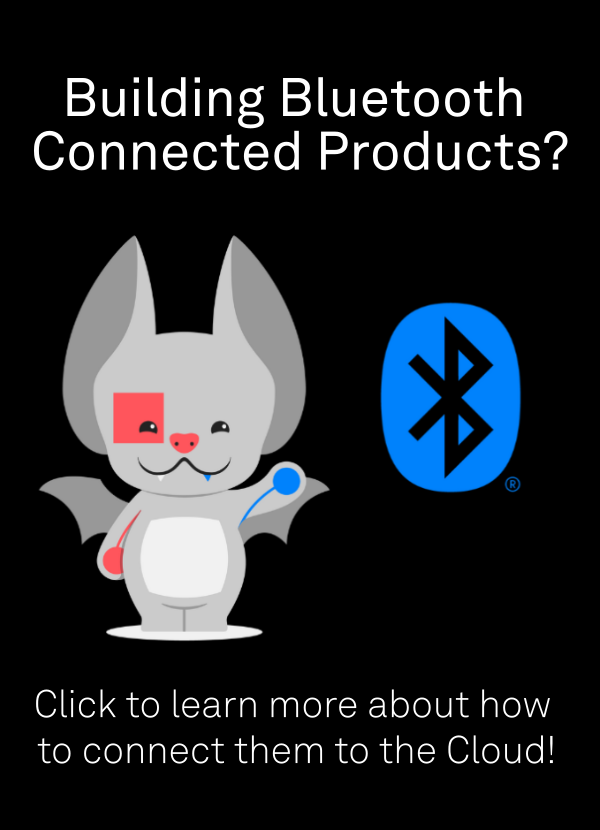Building a connected product? Start ugly.
Duct tape a dev board to your prototype. Don’t worry about enclosures. Focus on the data you need and the fastest way to test it.
This isn’t just scrappy startup advice—it’s a survival strategy for embedded engineers in 2025.
Silicon Speed vs. Software Expectations
Here’s the uncomfortable truth: the world expects AI pace from everything now. ChatGPT went from zero to ubiquitous in months. New AI models drop weekly. VCs fund “AI-enabled toasters” based on slide decks.
But hardware? Hardware doesn’t bend to whims.
Your PCB revision takes 6 weeks minimum. Your enclosure tooling costs $50K and three months lead time. Your regulatory certification? Add another 6-12 months if you’re lucky.
While software engineers push code at 3 AM and see results instantly, we’re still waiting for components that went on backorder during the pandemic.
The Early Customer Who Got It Right
An early Golioth customer understood this perfectly. They taped a Thingy91 to an electric motorcycle and had it pushing GNSS + accelerometer data to a dashboard in under 12 hours.
Twelve hours. Not twelve months.
That’s how you learn fast in a world that expects AI-speed iteration.
They didn’t wait for:
- Custom PCB layouts
- Weatherproof enclosures
- Vibration testing protocols
- Six-sigma manufacturing processes
They learned what mattered: Does the data tell the story? Can users understand the dashboard? Is the connectivity reliable enough?
Everything else was optimization for later.
MVP Thinking for Hardware Engineers
MVP doesn’t just apply to software. It applies to hardware too.
But we’ve forgotten this. We’ve been trained to think in terms of production-ready, certification-compliant, manufacturable-at-scale solutions from day one.
This mindset made sense when hardware development cycles were measured in years and software was an afterthought. Now? Software capabilities evolve faster than we can spec our next revision. The AI revolution isn’t waiting for our perfectly engineered solutions. It’s happening with whatever hardware is available right now.
The New Rules
Start with available modules, not custom silicon. That Nordic dev kit sitting in your drawer has more compute power than the Apollo guidance computer. Use it.
Prioritize data over packaging. Your users care about insights, not industrial design. At least not yet.
Embrace the awkward phase. Your first prototype should look like it belongs in a garage, not a trade show booth.
Test assumptions, not specifications. You can optimize power consumption later. First, prove someone actually wants what you’re building.
The Bigger Picture
This isn’t about lowering standards—it’s about matching our development velocity to market expectations. In the AI age, the cost of building the wrong thing perfectly is higher than the cost of building the right thing ugly.
The embedded engineers who thrive won’t be the ones with the cleanest schematics or the most elegant thermal management. They’ll be the ones who can get meaningful data flowing fastest, learn from it, and iterate before their competitors finish their first design review.
The hardware world is changing. The question isn’t whether you’ll adapt—it’s whether you’ll lead the change or get left behind by someone with a dev board and duct tape.
Start ugly. Learn fast. Iterate faster.
What’s your take? Are you seeing this shift in your embedded projects? How are you balancing speed-to-insight with engineering rigor?

